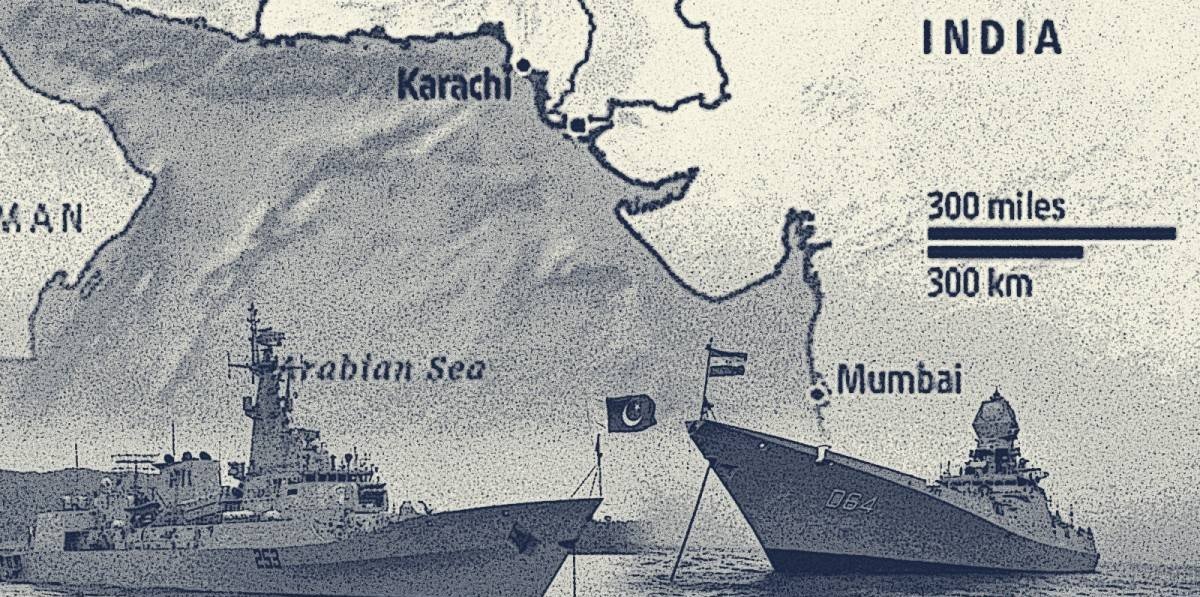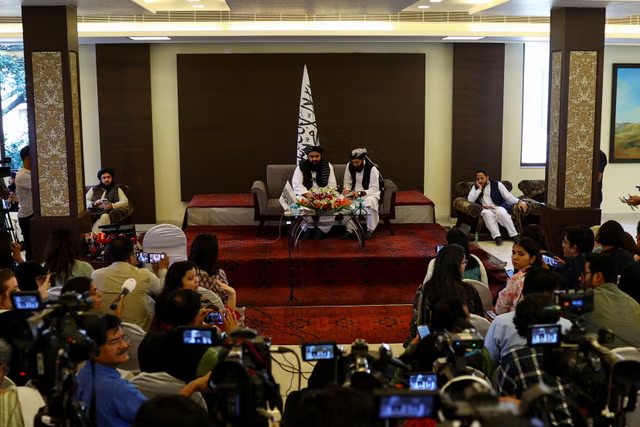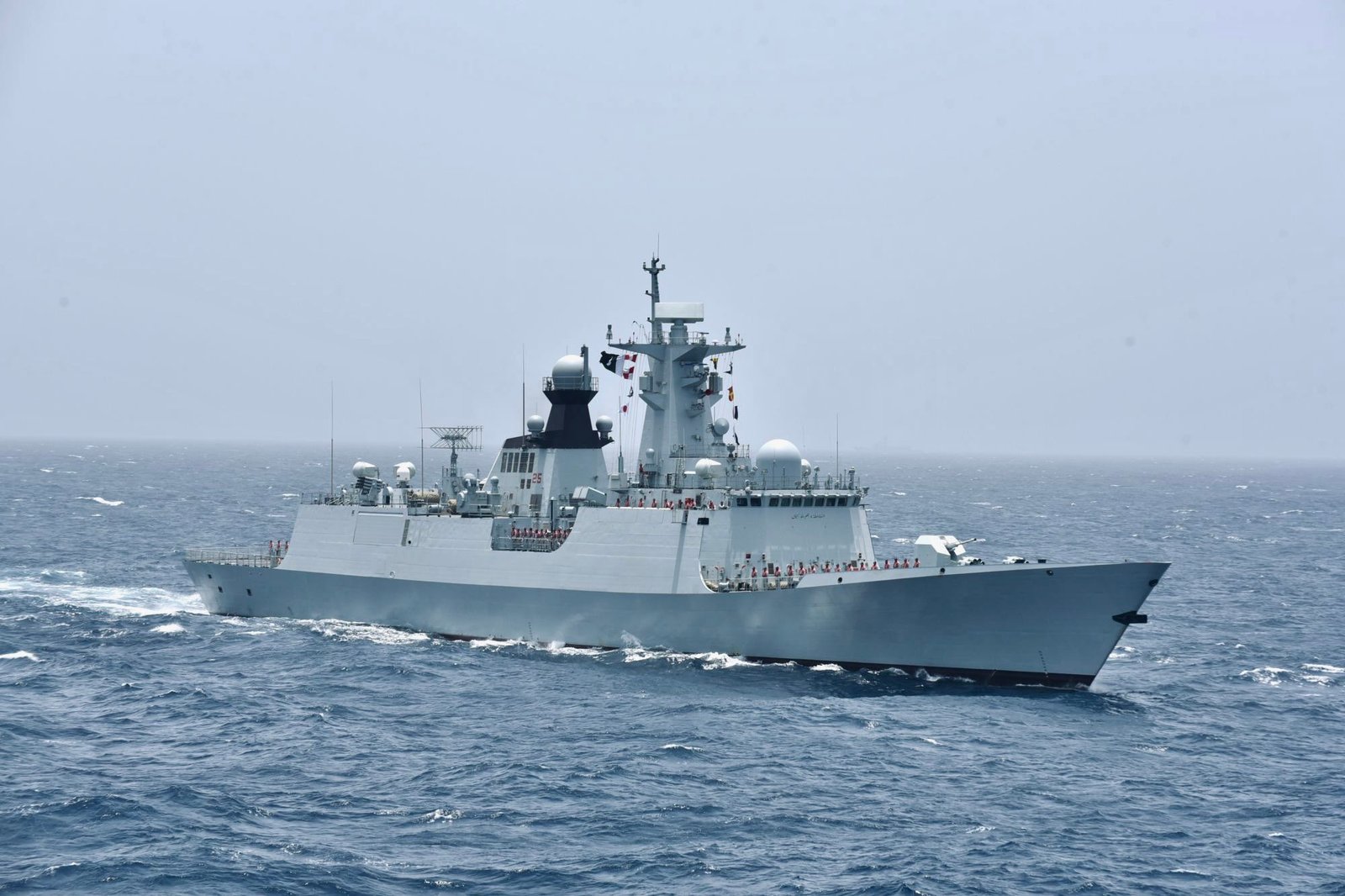After Aerial Military Tensions, Are India and Pakistan Preparing for a Naval Conflict Like in 1971?
Amid rising military tensions in South Asia, activities of the Indian and Pakistani navies have taken on a new dimension. Military analysts believe the ongoing conflict between the two nations could spill over into maritime zones at any moment. Many fear a repetition of history—especially events resembling the wars of 1965 and 1971.
After Aerial Military Tensions, Are India and Pakistan Preparing for a Naval Conflict Like in 1971?
After Aerial Military Tensions, Are India and Pakistan Preparing for a Naval Conflict Like in 1971?
[Washington, June 11, 2025] – Amid rising military tensions in South Asia, activities of the Indian and Pakistani navies have taken on a new dimension. Military analysts believe the ongoing conflict between the two nations could spill over into maritime zones at any moment. Many fear a repetition of history—especially events resembling the wars of 1965 and 1971.
India’s Warning, Pakistan’s Counter Show of Strength
On May 30, Indian Defense Minister Rajnath Singh issued a public warning from aboard the aircraft carrier INS Vikrant:
“Pakistan is fortunate that the Indian Navy has not been actively engaged in the recent conflict. Even while remaining silent, they have held Pakistan back. Imagine what would happen if they became active.”
This warning followed the conclusion of a four-day border conflict referred to as “Operation Sindoor” and “Operation Bunyan Marsus” between the two countries.
From Kashmir to the Arabian Sea: A Tense Landscape
The chain of events began on April 22 with an attack in Pahalgam, Kashmir, that killed 26 civilians. India blamed Pakistan-backed militant groups. Subsequently, on May 7, an Indian cross-border missile strike killed 51 people, leading to three days of aerial and artillery attacks.
Although the navies of both countries did not engage directly, they closely monitored each other’s movements and maintained a high level of preparedness. Satellite images revealed that INS Vikrant operated in the Arabian Sea for four days before returning to Karnataka. Meanwhile, Pakistan also deployed its naval fleet, and a Turkish warship docked in Karachi on May 2.
Echoes of the Past
During the 1965 war, Pakistan, with U.S. and British support, built up its navy and launched an attack on Dwarka in Gujarat. In 1971, India carried out Operation Trident and Operation Python, which destroyed Karachi's fuel reserves and sank several Pakistani warships.
Even after Pakistan’s submarine Ghazi sank off the coast of Visakhapatnam, its Hangor submarine managed to torpedo and sink India’s INS Khukri, killing over 170 sailors.
Modern Naval Strategy and Capability Gap
In today’s naval landscape, India possesses 2 aircraft carriers, 12 destroyers, 15 frigates, and 18 submarines (including 2 nuclear-powered). Pakistan operates 11 frigates, 8 submarines, and 21 patrol vessels. Pakistan’s main allies in naval operations are China and Turkey.
India is pursuing a “blue-water navy” capable of projecting power across the Indian Ocean, while Pakistan remains focused on a “coastal defense” strategy.
Expert Opinions
Former Indian Commodore Uday Bhaskar commented, “In future conflicts, naval forces will be front-line players.”
Pakistani naval expert Bashir Ali Abbas stated, “Our warships and submarines are ready for deployment right now. But that increases the risk of a nuclear confrontation.”
Lahore-based analyst Shaareh Qazi observed, “India’s position is unclear—whether it’s aiming for surveillance or direct strikes. But if Karachi is attacked, the retaliation will be severe.”
A Rising Tide of Uncertainty
Recent military communications and preparations between the two nations suggest deepening tensions—both above and beneath the Arabian Sea. Though diplomatic channels for de-escalation remain open, military posturing and warnings are casting a dark shadow over what could lie ahead.










